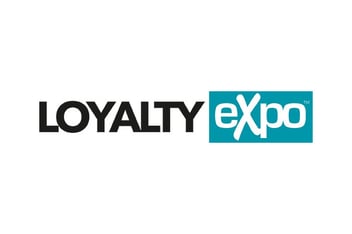Can You Maximize Revenue and Still Earn Customer Loyalty?
Why do you care if customers are loyal to your business?
As long as your business is staying afloat, does it matter if people churn after a single purchase?
You’re reading this, so obviously you know the questions above are absurd. The value of loyalty has been proven time and time again.
Loyal customers spend more, spend more often, refer friends, cost less than acquiring new customers, and even willfully provide feedback.
But another question has to be posed: what’s the ultimate goal of your customer loyalty efforts, and could that goal actually be preventing you from succeeding in building customer affinity?
A 2012 Time article posits that the longer you stay with a company, the more you're going to pay over time. That article specifically referenced auto insurers, whose practices were again covered by NPR this May.
According to a 2014 Newsweek article, the end result for many loyalty efforts is extracting a higher price from customers. The article warns consumers to be cautious with loyalty programs, because all of the data that’s being collected is really a systematic method of maximizing the profit from each customer.
That’s a bit alarmist, but it rings partially true. One of the benefits of loyalty programs is being able to view trends from a number of perspectives. That data can show what price points aren’t working and which ones can be stretched a bit.
There’s something to be said for maximizing the amount your most devoted customers are willing to pay. It just wouldn’t be wise to consider that a “loyalty” effort.
In fact, that’s a good way to guarantee near constant churn.
Consider your cable or satellite company. You initially signed up on a promotional offer, but then that offer ended and your prices have been steadily creeping ever since. Eventually your contract is up, and you have to call and threaten to quit to get your price lowered. Often, you’ll actually follow through and leave for another provider, beginning the cycle yet again.
That’s not a model anyone wants applied to their business. Your most loyal customers deserve better.
Transparency in Pricing
That’s not to say you can never raise prices. It’s every brand’s imperative to charge what their market will bear, but any increases have to be done with a level of transparency.
For example, Netflix raised prices on most packages by $1-2 last summer. The increase was communicated well in advance, giving people time to decide if they wanted to stay on. It wasn’t a big deal, and most subscribers still felt like they were getting their money’s worth.
Same thing with Amazon Prime, which jumped from $79 to $99 in March of 2014. Hard costs in the business had increased, they explained. At the same time, Amazon also increased the value of the service, increasing the number of items with free shipping from one million to 19 million.
As always, the best business moves are made with the customer in mind. “What’s in it for them?” should be asked at every turn. Will an increase in price result in more value for the customer? Will it somehow result in an improved experience?
If a brand wants to maximize price simply because people keep blindly buying, they may be in for a rude awakening, as evidenced by the struggles of the paid television industry at the moment.
The results of your loyalty efforts should be to build an engaged, repeating customer base that advocates on the behalf of the brand. Pricing models play a major role in those loyalty decisions, and once you have the right price earning loyalty will come much easier.
The bottom line is this: through the value they receive by being a customer of your brand, your customers should always feel like they’re the ones coming out on top. Price accordingly.
Topics: customer loyalty
Written by: Brandon Carter





.jpeg)







Share your Comment.